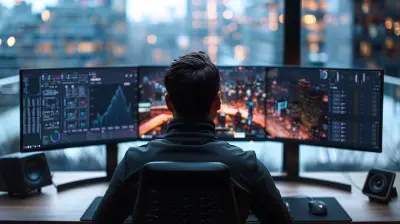How to Capture Stunning Architecture Photos with Your Digital Camera
7 October 2025
Ever walked past a gorgeous building and thought, “Man, I wish I could freeze this moment”? Well, good news – you can! Whether you’re drawn to modern marvels, ancient cathedrals, or quirky street-side gems, snapping stunning architecture photos is something anyone with a digital camera can master.
And don’t worry, you don’t need to invest in a spaceship camera or enroll in photography school to get started. This guide will hand you the golden keys to capturing epic shots of buildings, all while having fun and maybe even impressing your Instagram followers along the way.
So grab your camera, charge those batteries, and let’s dive into the art (and a little science) of architectural photography!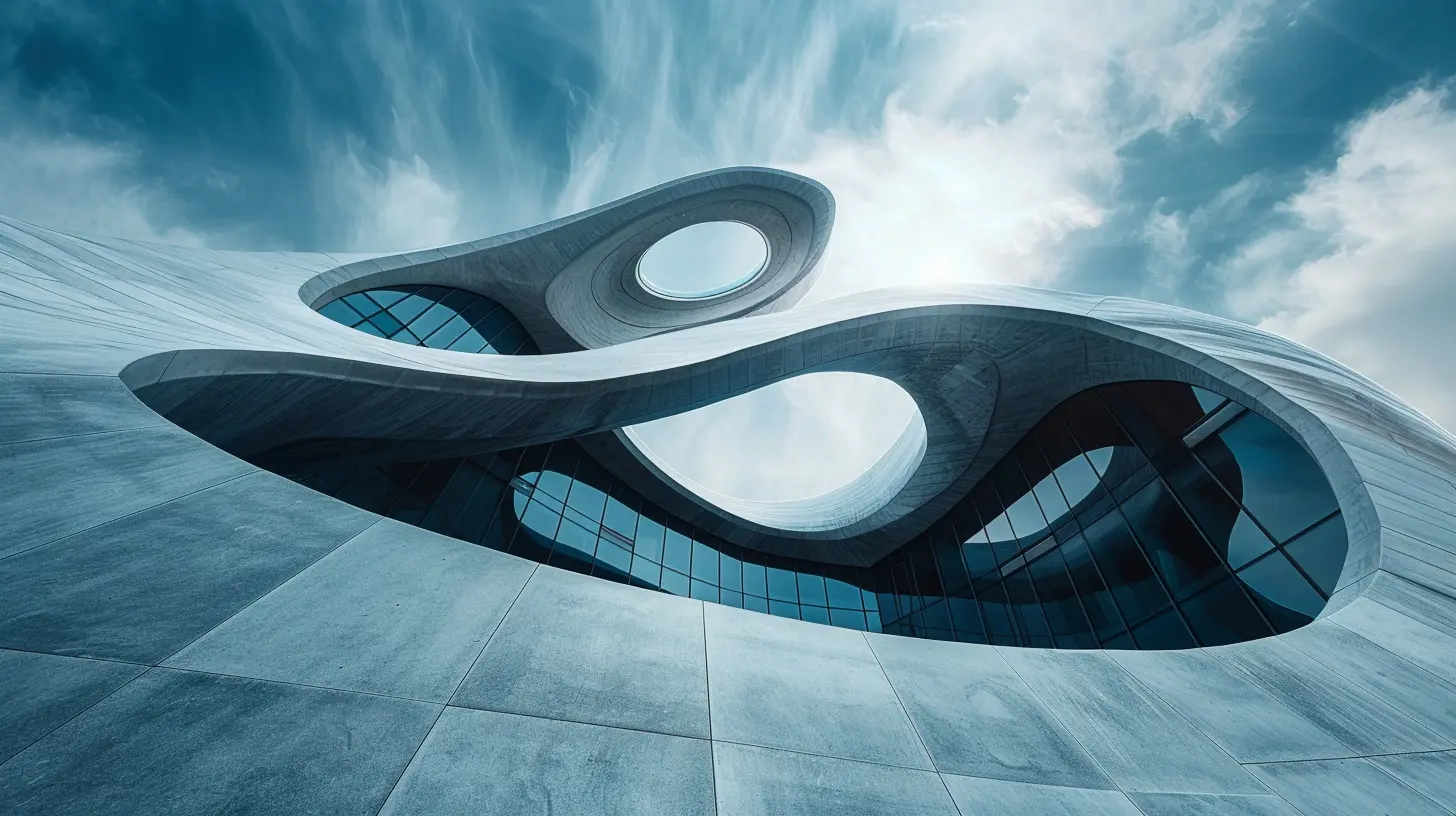
Why Architecture Photography Is Seriously Cool
Architecture is frozen music. It's creativity turned into concrete, steel, and glass. And turning that into a killer photo? That’s where you come in.There's something magical about capturing the lines, patterns, and vibes of buildings. Every structure tells a story, whether it’s a century-old church or a sleek skyscraper. Your job is to be the storyteller with a lens.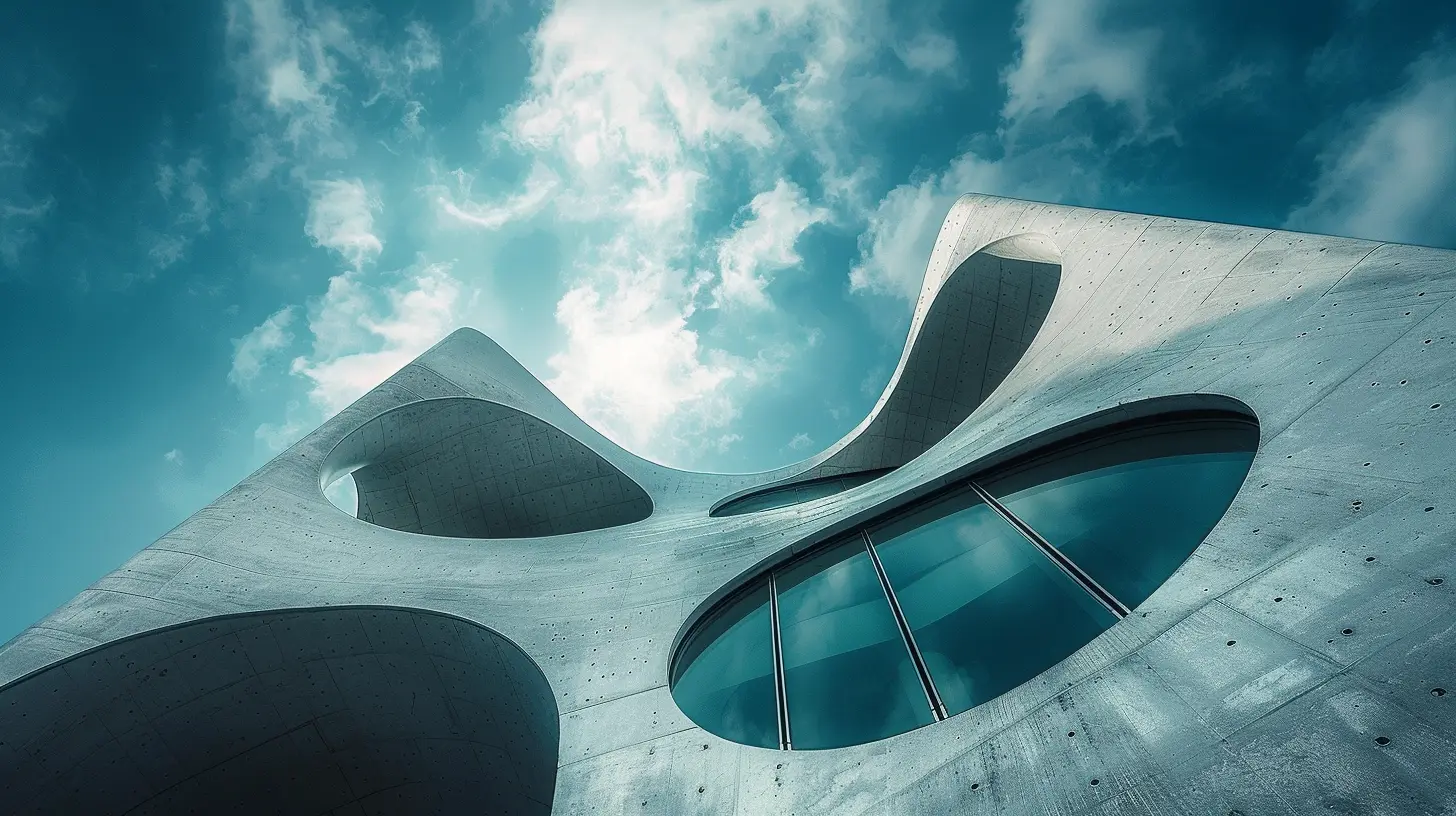
First Things First: Know Your Gear
Let’s not overcomplicate things here. You don’t need a $5,000 setup to get started. Most digital cameras today – even entry-level DSLRs and mirrorless – are more than capable. That said, get familiar with your camera’s settings.Key Features to Master:
- Manual Mode: Yep, it’s intimidating at first. But trust me, manual mode gives you full control over your exposure – critical in architecture photography.- Aperture: A smaller aperture (higher f-number) keeps more of your image in focus, which is perfect for capturing building details.
- ISO: Lower ISO = cleaner shots. Use it when lighting is good.
- Shutter Speed: Buildings don’t move (usually), so you can use slower speeds with a tripod to get crisp images.
- White Balance: Match it to your scene – daylight, cloudy, etc. It’ll save you editing headaches later.
And while we’re at it, tripods are your best friend. They’re like that one stable buddy who helps you stay grounded – literally. Use one to avoid shaky pics and to get those crystal-clear long exposures.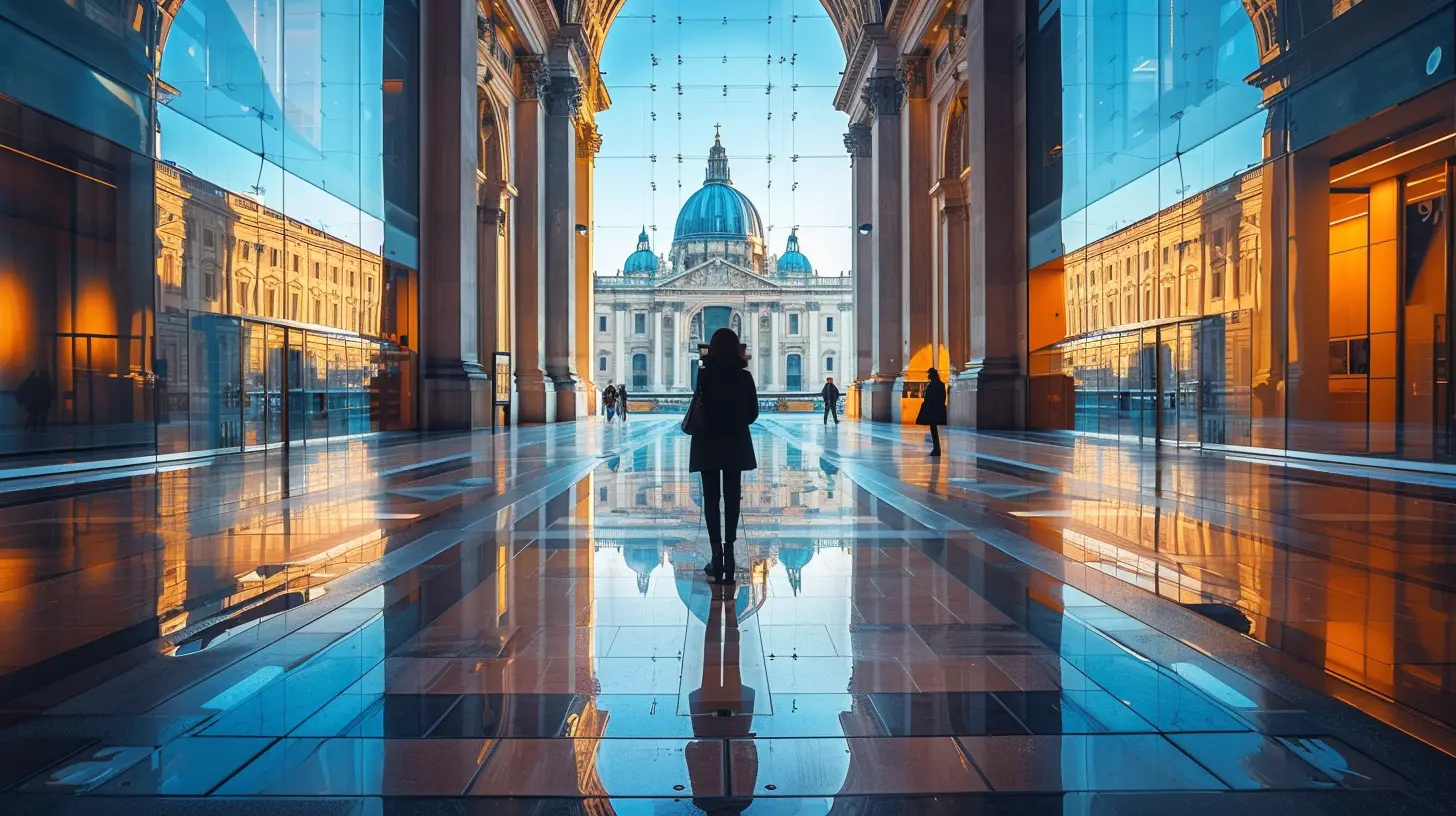
Timing is Everything: Lighting Makes or Breaks the Shot
Here’s the secret sauce: great architecture shots are more about light than buildings. Shocking, right?Golden Hour = Your BFF
That magical time just after sunrise and before sunset gives you soft, warm light that flatters every surface. Shadows stretch, textures pop, and colors mellow out. It's like putting a filter on real life.Midday Sun? Meh...
Shooting when the sun’s straight overhead often results in harsh shadows and blown-out highlights. Unless you’re going for a high-contrast look, probably best to grab lunch and come back later.Don’t Shy Away from Nightshots
Nighttime architecture photography? Absolute chef’s kiss. Especially if the building is lit up. Use a tripod (again, your MVP here) and a slow shutter speed to get dramatic, glowing images.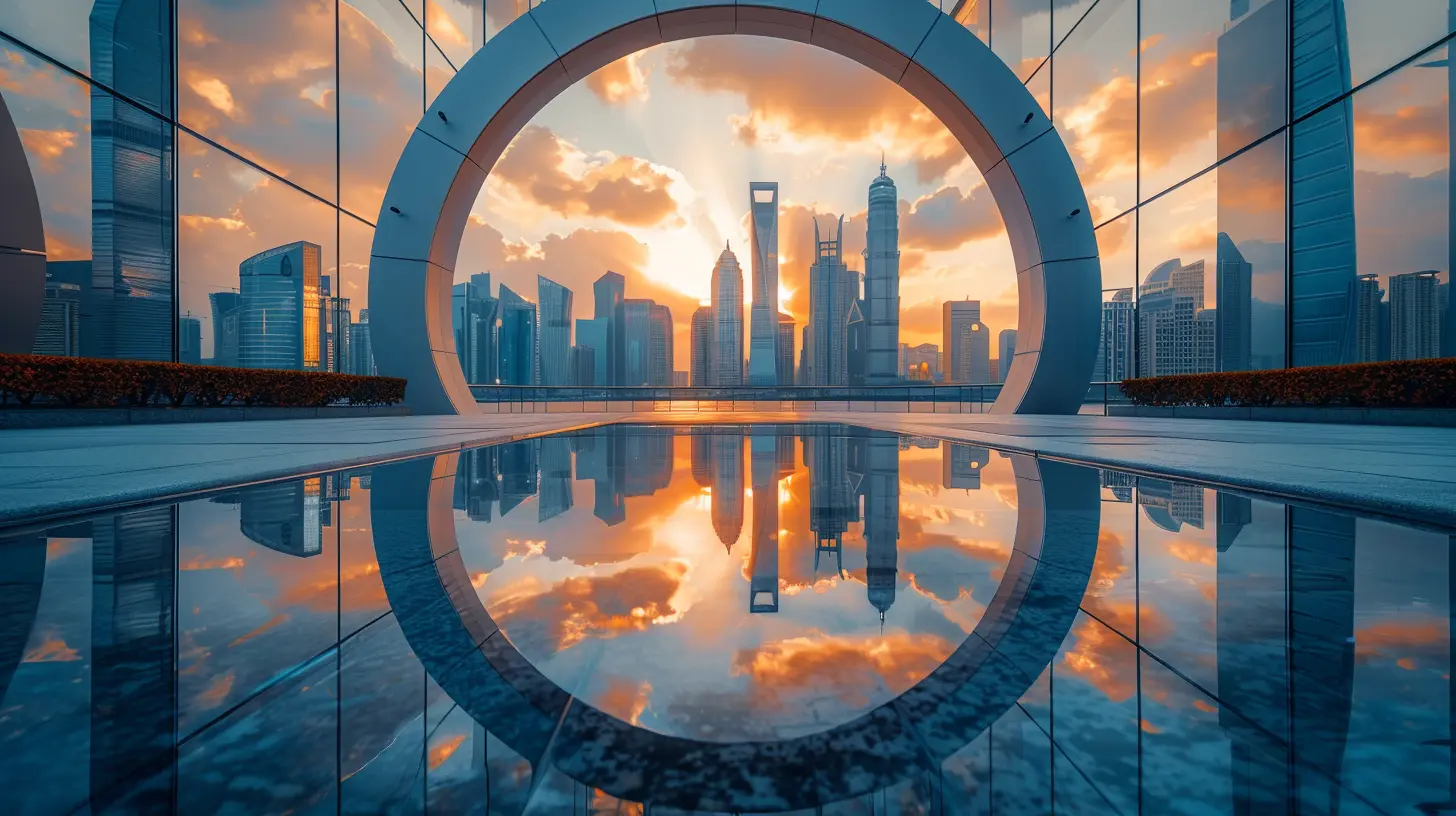
Composition: Framing Your Shots Like a Pro
Even the most jaw-dropping building can look “meh” if framed poorly.Rule of Thirds
Imagine a tic-tac-toe grid over your frame. Place key elements where the lines intersect. It creates balance and leads the viewer’s eyes naturally.Use Leading Lines
Staircases, fences, sidewalks – use these lines to guide eyeballs straight towards your architectural subject. Think of them as arrows pointing to the star of the show.Shoot from Strange Angles
Architecture’s all about shape and form. Get low. Shoot from above. Tilt the camera. Lay on the ground if you have to (wear old jeans). Changing your perspective can breathe life into a common subject.Include Some Foreground
Want to add depth? Frame the building with something in the foreground – trees, arches, even people. It makes the shot more dynamic and invites the viewer in.Details, Details, Details
Zoom in. Okay, not literally (unless you have a zoom lens), but mentally. Don’t just capture the entire building – look for the trim, textures, carvings, and patterns. That ornate window? Snap it. The rust on an old iron gate? Frame it.Architecture’s beauty lies in the details, and sometimes the smaller the subject, the bigger the impact.
Don’t Forget the Context
Sure, the building is the star, but the environment plays a major supporting role. Show how it fits into the landscape. Is it towering over a bustling city square? Nestled beside a peaceful river?You’re not just photographing bricks and steel – you’re capturing a mood, a moment, a vibe.
Weather: Friend or Foe?
Let me tell you – moody, overcast days can make for seriously dramatic shots. Don’t pack up your camera just because the sun’s hiding.- Cloudy days = soft, diffused light (great for details).
- Rain = reflections and mood.
- Snow = texture and contrast.
- Fog = mysterious, ethereal vibes.
There's beauty in every forecast. You've just got to see it.
Editing: Your Digital Darkroom
You’ve taken the shot. Now it’s time to sprinkle on a little post-processing magic.Basic Tweaks to Focus On:
- Straighten Lines: Architecture loves symmetry. Make sure your verticals are, well, vertical.- Adjust Exposure: Brighten shadows, tone down highlights.
- Color Correction: Make sure the whites are white and the tones are balanced.
- Sharpening: Sharpness pulls out details like nobody’s business.
- Lens Corrections: Fix any distortion if you used a wide-angle lens.
You don’t need Photoshop mastery either. Apps like Lightroom or even mobile editors offer plenty of punch.
Gear Talk: What You Might Want (Eventually)
Starting out, your kit lens and camera will do just fine. But if you're itching to up your game, here’s what to look for:- Wide-Angle Lens: More building in the frame, especially useful in tight city spots.
- Tilt-Shift Lens: Super advanced, but it corrects vertical distortion.
- Polarizing Filter: Cuts reflections and boosts colors.
- Drone: Not exactly essential, but whoa – aerial shots are next-level cool.
Of course, don't feel pressured to blow your savings. Great photography is more about vision than gear.
People in Your Shots: Yay or Nay?
It’s tempting to wait for the perfect “nobody-in-frame” moment. But sometimes, people add scale and life to your photo.A lone person walking past a massive cathedral? That contrast can be powerful. So, don’t be afraid to embrace the human element – accidentally or on purpose.
Practice Makes Perfect (And It’s Fun!)
The best part about architectural photography? Buildings are super patient models. They’re not picky about lighting, they don’t blink, and they’ll hold still all day.So use that to your advantage. Take 10 photos. Then 20. Try new angles. Come back at different times of day. Eventually, you’ll develop a style and a knack for nailing that perfect shot.
Quick Tips Wrapped with a Bow 🎁
- Always keep your camera clean. Dust on the lens = disappointment.- Use a bubble level or in-camera grid to keep your shots straight.
- Scout locations beforehand using Google Maps or Instagram.
- Bring extra batteries and memory cards. Always.
- Respect private property. That perfect shot isn’t worth trespassing!
Final Thoughts: You’ve Got This
Architecture photography isn’t about having the best gear or knowing every technical term. It’s about seeing beauty in structure and translating that through your lens. So don’t stress over perfection.Get out there with your digital camera, explore your city (or the next one), and snap like there’s no tomorrow. Whether you’re capturing a famous monument or a rusted abandoned warehouse, remember – every building has a story, and you’ve got the power to tell it.
Keep clicking, keep learning, and most importantly, have fun with it!
all images in this post were generated using AI tools
Category:
Digital CamerasAuthor:

Michael Robinson
Discussion
rate this article
1 comments
Zayne McFarlin
This article highlights essential techniques for photographing architecture, yet it overlooks the influence of lighting and context on composition. A deeper exploration of how environmental factors and time of day can enhance or detract from architectural beauty would enrich the discussion.
October 7, 2025 at 3:27 AM

Michael Robinson
Thank you for your insightful comment! I appreciate your suggestion to explore lighting and context further, as they are indeed vital to capturing architectural beauty. I'll consider expanding on these elements in future updates.

